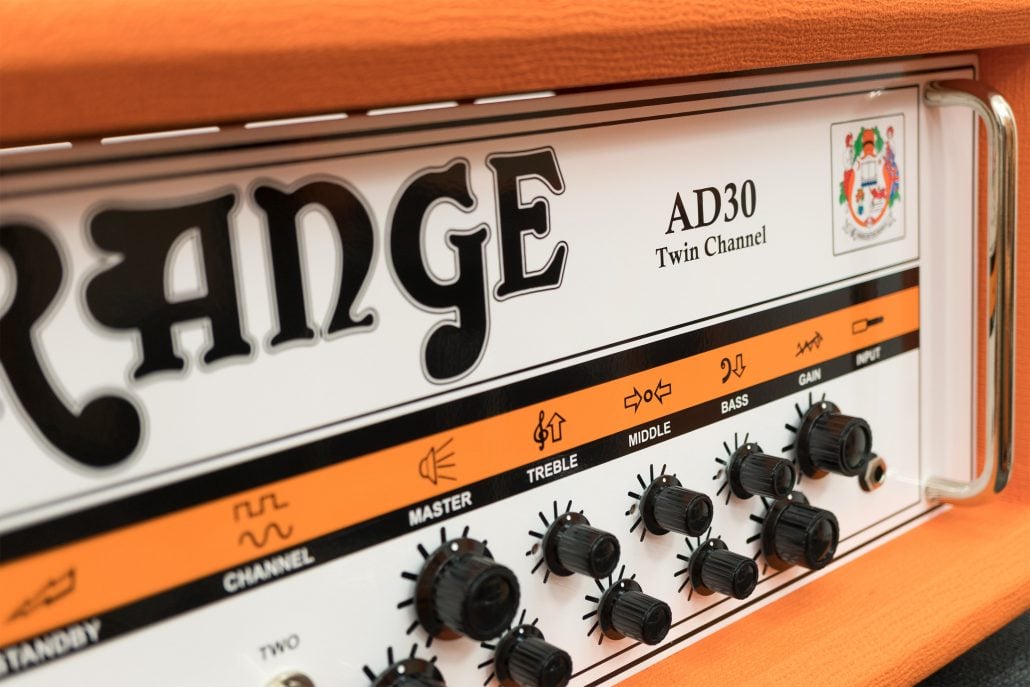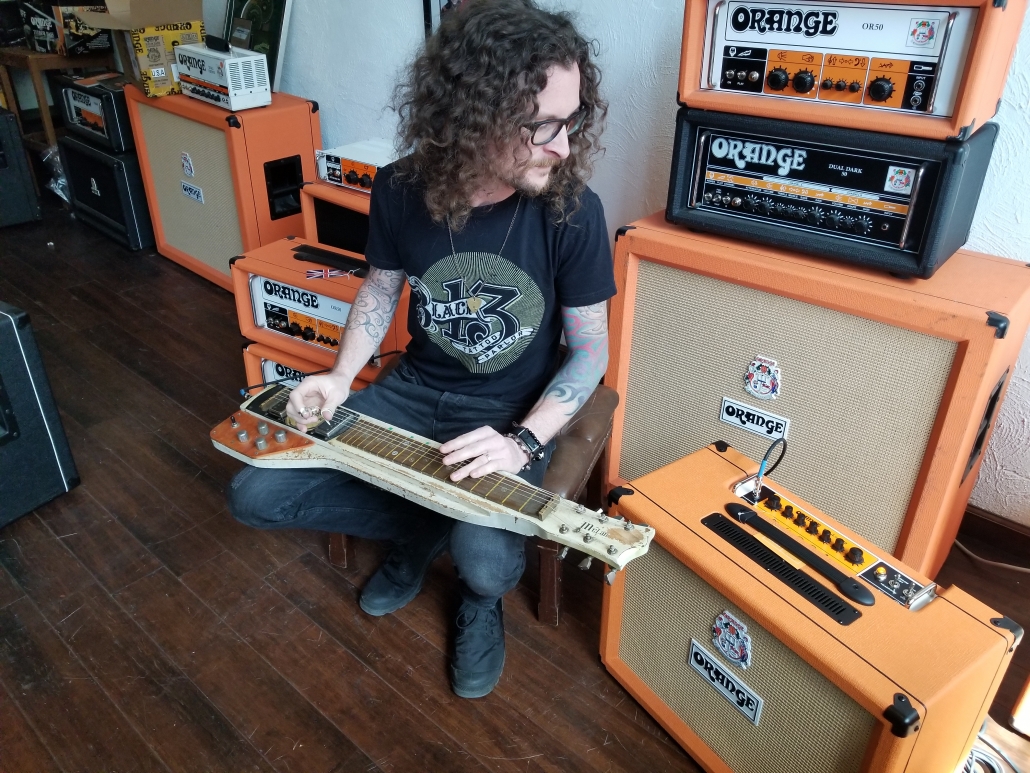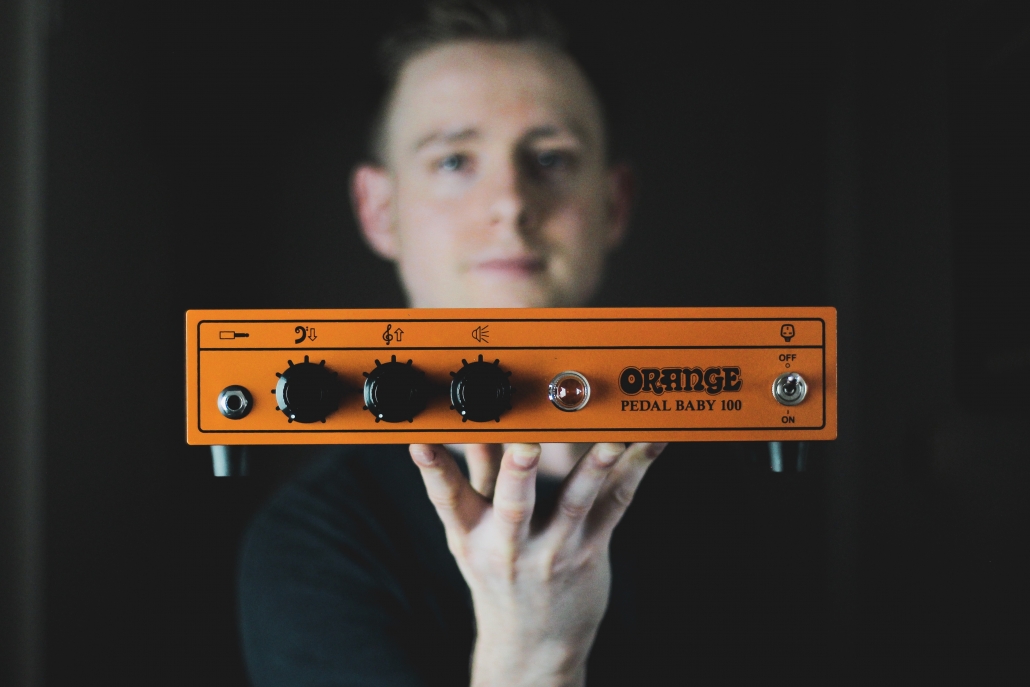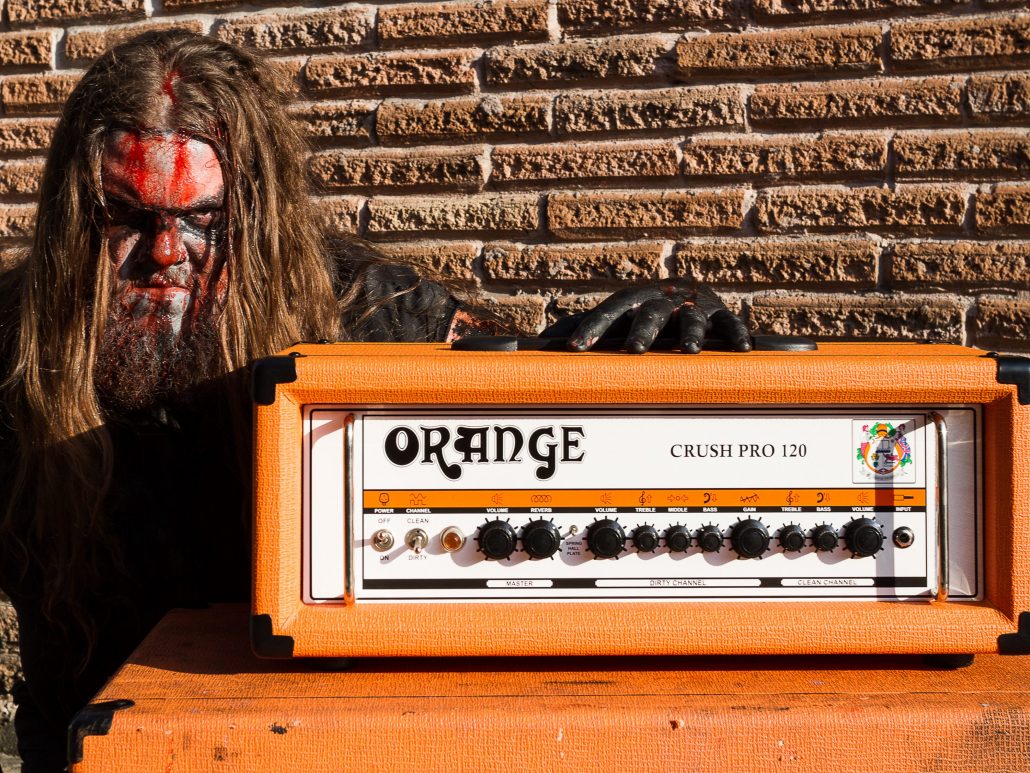
Quality.
It’s one of the most misunderstood words in the dictionary.
Yet the history of the word quality can be traced back to Plato. To the philosopher, ‘quality’ is characteristic that exists by itself, and cannot be reduced further. The Latin root from where we get the word ‘qualitas’ translates as ‘of what kind’, or simply put relative to the need.
The Quality of Orange Amplifiers
Orange Amplifiers might be synonymous with the grunt and grit of analogue circuitry, oozing with creamy mids, distinctive lows and highs, accurately representing the full frequency range. The beefed-up brother of the British sound; gnarly and rugged, but approachable and easy to understand.
Much of our modern equipment stems from the ideas of Orange Technical Director, Adrian Emsley.
Adrian designs and builds amps, but he worked in all the places that you’d find amps being pushed to their limit, like out on the road and in the studio. Transport vibration, dropping (it happens), bashing (even more likely to happen), temperatures changing from hot to cold, the damp humid air of a sweaty stage to arid conditions outside, it’s a brutal life, that of a rig.
Then there’s the function of the amp itself!
And that’s how we test the mettle of Quality at Orange Amplifiers:
Made by the working musician, for the working musician.
– Troy McLawhorn of Evanescence
Beastly Thinking
What Adrian and his team do is make amplifiers that are complexly simple. More time is taken in the design stage to make an Orange Amplifer playable with little user input.
Orange Amplifiers are designed to easily dial in a tone. There’s not much most front panels, removing the need for endless twiddling of knobs and button switching. Instead, by using an all analogue signal path our amps are voiced with a distinct character, from the point of plugging in, it sounds good. Which means more time making music, less time fighting to get the sound you want.

– Kelby Ray, The Cadilac Three
As Little Design as Possible
When it comes to designing amps, lots of care, consideration, time and heaps of perspiration go into the design stage. Generally speaking, Orange Amplifiers have fewer components in the signal chain and here’s why:
Remove the complexity and there’s less to go wrong.
So where your money is going is on higher-spec components that work as they should. Components with the lowest failure rates and over-engineered, so whatever you throw at your amplifier, it will continue to operate the same as the last time you switched it on.
Take for example the trace lines on the PCBs. It’s not something that screams rock and roll, but when you get right down into it, it’s about as hardcore as it gets.
As you push your amp to its limits, be that continuous operation or driving it hard as hell, heat can build up. That heat eventually wears out components and then your in trouble. We lay extra-thick PCB traces to prevent impedance from building up unwanted heat, so the amps keep going for longer.
That’s exactly why Orange Amplifiers are favoured by touring rig companies worldwide. They’re a reliable workhorse that can take the punishing rigours of the road.
The Roadies Friend
Moving, lifting, stacking, packing. All the wondrous jobs that eventually take their toll on your gear. Mick Dines (of Orange Amplifiers) knew this well and the result was one of the most solid speaker cabs on the market.
Back when he designed the first cabs, Mick Dines didn’t cut corners and much of the design remains the same today. There’s no illusion of strength, as Cliff Cooper, founder and CEO explains:
“The 4×12 was built to be very strong and featured a baffle centre post, 13-ply (18mm) birch-faced marine plywood and a tough orange vinyl cloth covering called Rexine. The use of Basketweave on the grill really helped to define the ‘Orange sound’.”
Take a look at the bottom of the cab and you’ll find wooden ‘skids’ instead of plastic castors. Skids make moving gear easier but they also acoustically couple the cabinet to the stage, enhancing the bass response and transmit all that power right through your bones.
Endurance without Compromise

At the very heart of the valve amp is the output transformer. We always over spec our transformers, and there’s a reason for this:
An under spec transformer leads to excess heat being produced inside an amp, ultimately causing problems over long-term operation.
Secondly, if underpowered, the transformer will saturate, throttling the output signal. This will cause losses to the bottom and top of the frequency range rather than passing the whole bandwidth.
Equipped for the Modern Musician
Pedals, pedals, pedals; there’s so many tone choices available, but to get the most of your gear, consider the FX loop.

Your amp, pedals and instrument all need to work in harmony together. Too much signal into your pedal board and the circuit overloads causing distortion. On the way back in, you want sufficient level to drive the power amp.
Orange Amplifiers always * feature a Valve Buffered FX Loop, ensuring you won’t lose any of your amp’s mojo.
* Almost always, Terror Bass features a solid state FX Loop
Instantly Playable
While digital modeling is pretty incredible, we believe the costs outweigh the benefits in comparison to solid-state circuitry like in our Crush range. We design amps that are instantly playable; so you’re straight into making music, not tone hunting.

Flexibility in the Design
Versatility is often overlooked which is why our valve amps (except the AD30) have wattage switching options built-in. That means you can tailor your amp to whatever situation you’re playing, be that in the studio or on stage, you can always hit the tonal sweet spot without the need to make ears bleed.
Summing it up
With so many different options out there, choosing the right equipment for your setup is a bit overwhelming. Our equipment is designed by the working musician, for the working musician.
Simply put, gear that handles anything you can throw at it.
